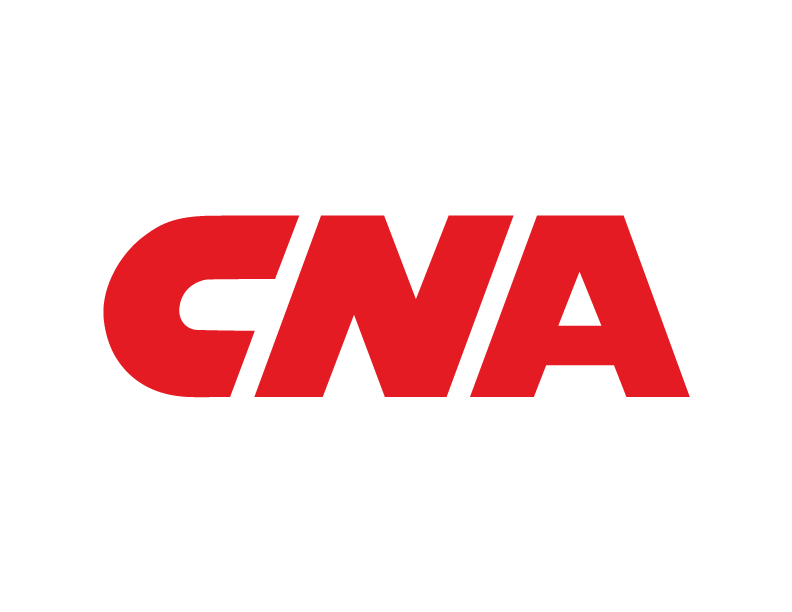Understanding an Insured’s New Reality When Considering Business Interruption Coverage
The current economy is being influenced by several key factors, including the war in Ukraine, the COVID-19 pandemic and climate change, which can lead to catastrophic events such as floods, storms and hurricanes. External influences are increasing and insurance carriers can no longer limit risk considerations to a purely local perspective. Global economies are more interconnected than ever before – from companies offshoring aspects of production, to foreign suppliers becoming more accessible – making it critical to broaden your risk evaluation when underwriting business interruption coverage.
The sudden cessation of activity due to COVID-19 highlighted vulnerabilities in the global market, including the dependence on foreign suppliers and manufacturers, the reduction in the quantities of goods and raw materials available and the difficulties exporting products to international markets. This interruption of regular day-to-day business activities created heightened desire towards a more local and self-sufficient economy in Canada, throughout Europe, China and the United States.
New challenges have emerged with this shift; including labour and material shortages as well as increased costs because of the stark differences in conditions offered to local employees versus those offered to workers in relocated production plants. These new elements directly impact the prices that companies must charge for their products and services. Considering many companies are still experiencing the effects of the pandemic – debts, loss of contracts, reduced revenue, labour shortages, etc. – price elasticity is limited due to strong competition. Businesses sought to take advantage of the vacuum created by bankruptcies and the lack of liquidity in order to increase their market share.
In this evolving environment, businesses can take certain steps to mitigate potential challenges. Some options include: alternative storage of raw materials and finished products (premise rental or expansion of existing premises), technological investments in robotics and automation (more efficient, lower cost and less dependent on labour) and increasing the diversification of suppliers (not only in number but also in geographical location). That being said, certain advantages related to globalization remain, such as access to cutting-edge products developed by third parties, access to raw materials not available locally and presence in targeted markets to export products. Companies should make sure they can balance their focus on local operations with their need to continue doing business with foreign partners.
Numerous factors can influence the income of our policyholders. Companies potentially need to factor in suppliers who can no longer provide the raw materials needed to manufacture their products as well as a drop in productivity due to a lack of labour, broken equipment or difficulty in finding spare parts or specialized labour to repair them. The probability of losing contracts due to bankruptcies as a result of businesses selecting local suppliers or lacking liquidity remains rampant. Some of these aspects may be covered by loss of income insurance, while others are excluded from the contract or are business risks.
Each business is impacted differently by the factors mentioned above. That’s why it’s imperative to fully understand a manufacturer’s processes when underwriting the account. What is the origin of its suppliers? Is the business dependent on one or a handful of suppliers? Are they all from the same region? Furthermore, economic sanctions against countries such as China or Russia and the significant production of certain necessary raw materials such as circuit boards from Taiwan can directly affect the business of our policyholders.
Does the insured have a contingency plan in the event of an unavailable supplier? Are they storing raw materials for the next month, quarter or year? If the insured loses raw materials on premises and can’t source local suppliers to buy replacement parts, it will lengthen the indemnity period and increase the amount of the business interruption claim. This shortage is affecting some industries more than others, so careful consideration is needed with regards to the limits offered and the rating for the loss of income coverage.
The current economic environment is driving pressure onto the profitability and operations of insureds. As a result, the coverage of loss of income represents a higher exposure in the case of a claim, which can directly impact the profitability of an account. It is important to determine the required insurance coverages in the locations of operations. CNA combines knowledgeable underwriters with flexible and comprehensive coverage solutions for manufacturing businesses, to support our brokers and insureds thrive through the current unstable risk landscape.
What Manufacturers Are Doing To Reshape Supply Chains (forbes.com)
Global Supply Chains in a Post-Pandemic World (hbr.org)
In Canada, products and/or services described are provided by Continental Casualty Company, a CNA property/casualty insurance company. The information is intended to present a general overview for illustrative purposes only. Read CNA’s General Disclaimer.

